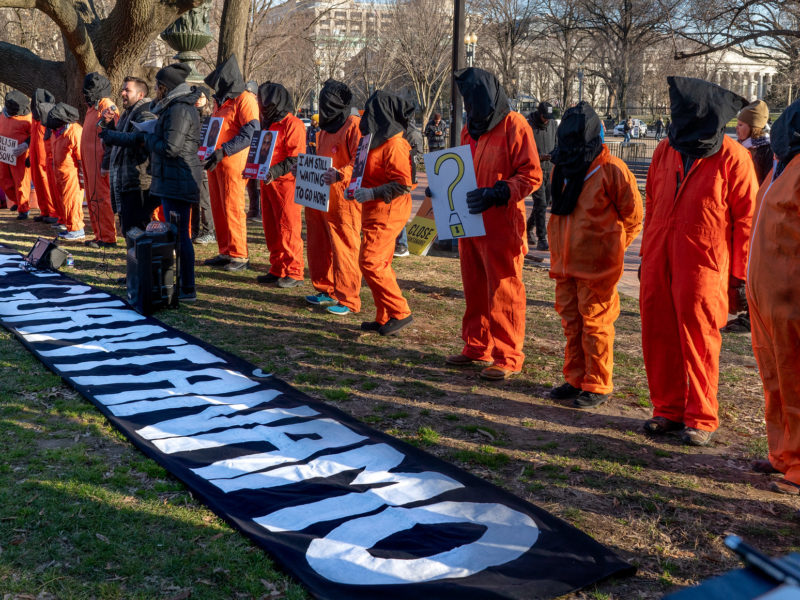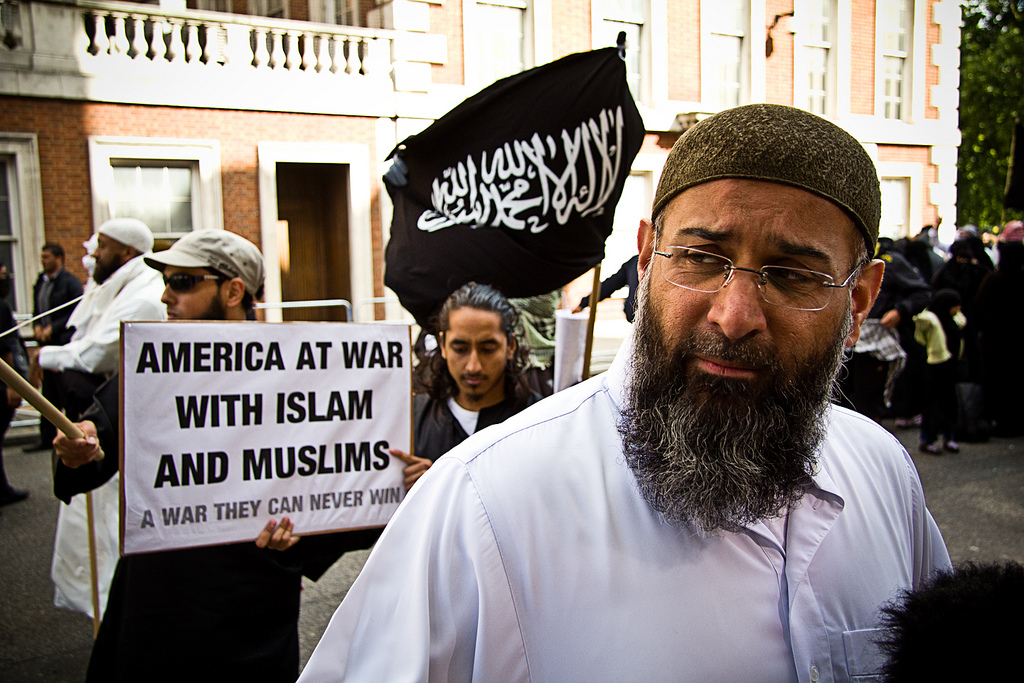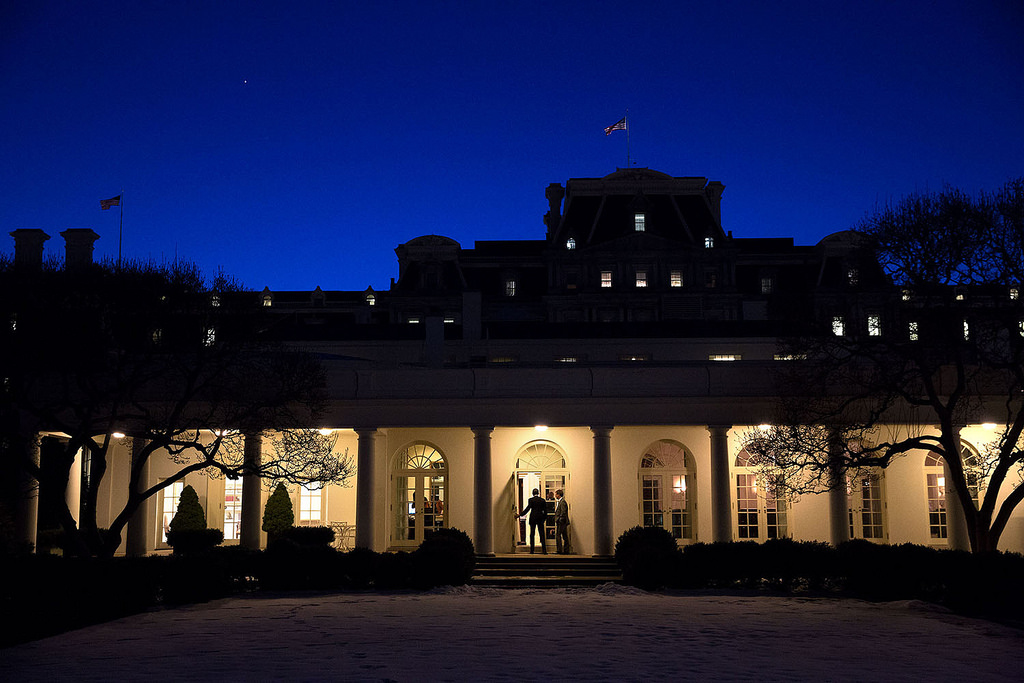By Joe Young
My phone rang just before 9 a.m. on the morning of Tuesday, September 11, 2001. My wife, who taught high school a few miles from our home in Athens, Ohio, was on the other end. She was pregnant with our first child. “Turn on the TV,” she said. She stayed on the line, and we watched the second plane crash into the World Trade Center. Over the next few minutes, both twin towers collapsed. “What kind of a world are we raising a baby in?” I asked. I realized then that I would study this kind of violence for the rest of my life.
I was right that 9/11 would change my scholarly trajectory but wrong about how. So many giants in the study of political violence—Rudy Rummel, Ted Gurr, and Barbara Harff—reminded us then that violence by states grossly outpaces violence by dissidents. The modern nation-state is the most effective killing machine in human history, and one of the shocking aspects of 9/11 was the scale of violence produced by only 19 hijackers and their network of non-state supporters.
This Saturday is the 20th anniversary of the terrorist attacks that changed the US and me. It is an important time to reflect on the events themselves, but also on the scale of violence meted out in response to the attacks. The ill-fated Iraq war—a war of choice, built on at best faulty intelligence and at worst political manipulation and hidden agendas—cost thousands of American lives and hundreds of thousands of Iraqi lives. It also upended the lives of millions of Iraqi refugees and internally displaced persons. The so-called war on terror intended not only to punish the 9/11 perpetrators but also deter states who would support them—created a new category of violent actors, “enemy combatants”. The Bush administration used this label to place these actors in a sort of legal limbo where the rules of war wouldn’t apply. Enemy combatants, the administration determined, could be held indefinitely, denied habeas corpus, and interrogated using enhanced techniques. Most of these memos and rules are collectively called the torture memos today.
In 2001, many still subscribed to the notion that the US was a beacon for democracy and human rights. But Darius Rejali’s work makes it clear that torture is just as common in democracies as dictatorships, including in the US—even prior to 9/11. Democracies are just better at hiding it. So-called “torture-lite,”—things like sleep deprivation, exposure to loud noise and extreme temperatures—was developed and refined by countries like France and the US.
Support for these practices across democracies varies. In an interesting series of experiments, Nordgren and colleagues found an empathy gap, where US citizens didn’t think torture-lite practices were torture until they experienced the pain themselves. After dunking their hands in cold water, for example, and feeling the effects, respondents were more likely to call the practices torture.
In my own work with Erin Kearns, we find that US citizens support torture when it occurs far from US soil, on brown people, and when it is suggested that the tactic yields actionable information. Jim Piazza in a related experiment found that US citizens were more likely to support torture of Muslims as compared to domestic, white extremists. It is not surprising, then, that the expansion of torture by the US in places like Guantanamo Bay, Bagram Air Force Base, and Abu Ghraib met with little public resistance or policy change.
One of the most important policy takeaways from our experiments is that in times of threat, like September 12, 2001, public support for torture is fixed and hard to change, and biased towards violent responses. In times like those, it is easy to justify the use of torture, indefinite detention, and other human rights violations in the name of state security, and the public is more than willing to go along, at least for a short time, or until American casualties start mounting. Twenty years after these events, while we are not actively at war in Iraq or the Middle East (officially, that is) is the perfect time to consider what US policy towards torture should be.
The scholarly evidence supporting the idea that violence by the US or any state causes terrorist blowback or future violence is mixed and may be conditional on a number of factors. What I do know from interviewing interrogators is that torture is a terrible tool for creating actionable intelligence. For our book, Tortured Logic, we interviewed numerous interrogators and tried to find folks who would make a pro-torture argument on the record. But all the interrogators we spoke to couldn’t and wouldn’t. They all uniformly agree that it isn’t effective.
At a time when I am reflecting on the horrors of that Tuesday 20 years ago, and how the attacks drastically changed our lives, I am also concerned that our responses are changing who we are just as much. I’ve had a complicated relationship with my country: loving it, leaving it, returning to it, and wanting it to be better. As we see our democracy degraded from the inside, I still believe that a functioning democracy resolves its differences non-violently. We may disagree about the best way to reduce future terrorism or collect actionable information or who won our most recent election, but we have to do it non-violently or we will continue to weaken our system.
Joe Young, a longtime editor at Political Violence At A Glance, is author of Tortured Logic (with Erin Kearns). You can read his interview about the book here.







